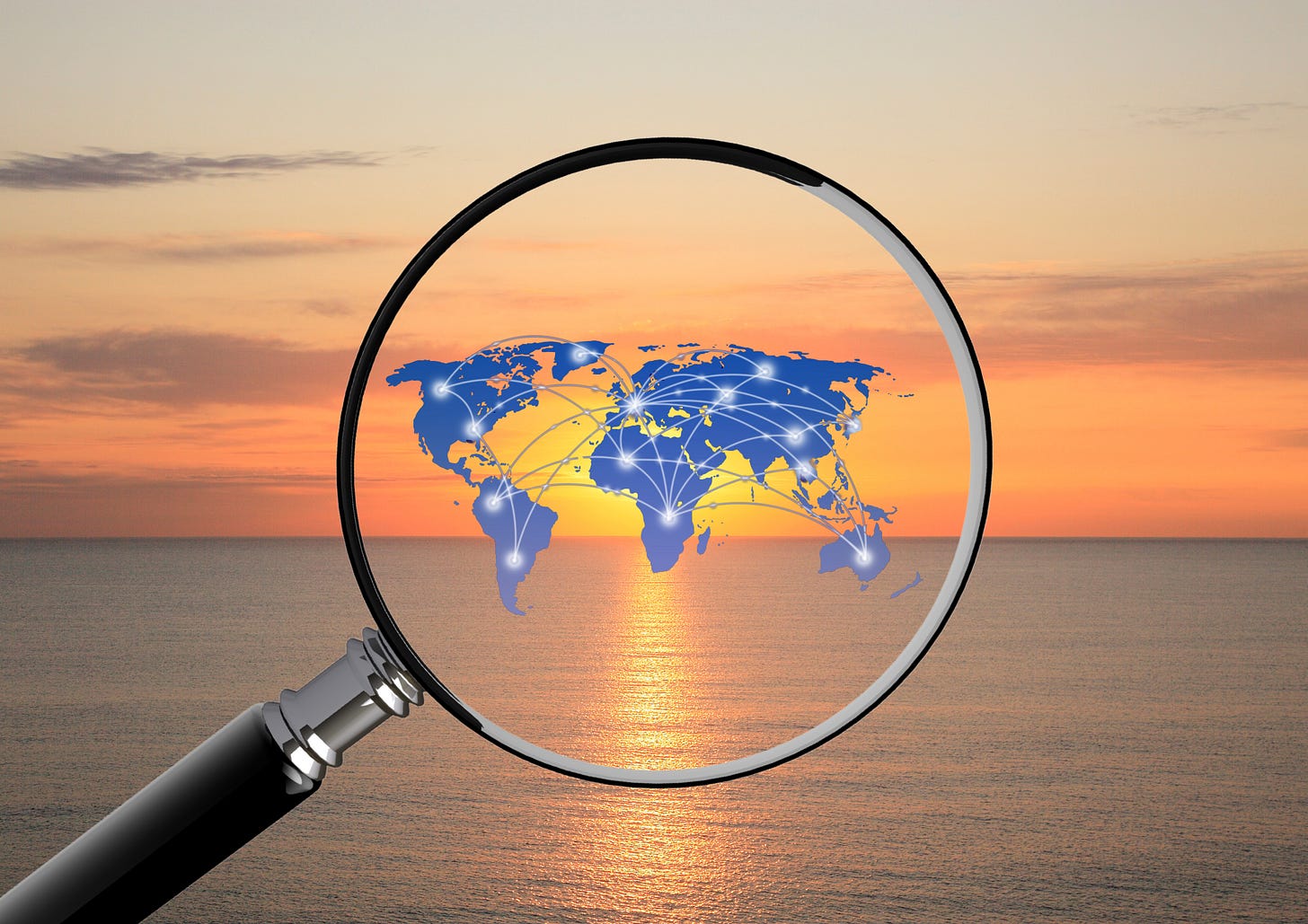Top Signal: The Shift Toward Strategic Autonomy and Resilient Diversification
The Dutch government said this week that it had moved to seize control of Chinese-owned semiconductor firm Nexperia, which underscores Europe’s increasing prioritisation of technological sovereignty. China retaliated with export controls of its own a couple of days later. This action, reportedly influenced by U.S. pressure regarding national security concerns, signals a further shift from open trade towards protective measures in critical industries. Reuters, Politico
Key Signals
IMF Raises Global Growth Forecast: The International Monetary Fund has increased (slightly) its 2025 global growth projection to 3.2%, as some extremes of higher tariffs were tempered, thanks to subsequent deals and resets. However, it said the overall environment remains volatile with risks tilted to the downside, which include concerns over parallels between the AI boom and the dot-com boom of the late 1990s, weak prospects in China, strains on public finances, and increased pressure on policy-setting institutions. IMF
China’s Export Strategy Shifts: Despite an 8.3% year-on-year rise in exports in September, Chinese exporters are pivoting away from the U.S. market (down 27.0% on year) due to fluctuating tariffs and trade tensions. This reorientation reflects broader geopolitical shifts and the need for diversification, with exports to the European Union, China’s second biggest trading partner, up 14.2%. wsj
EU Proposes Defence Roadmap: The European Union this week proposed its Defence Roadmap to member states, which aims to achieve strategic autonomy and collective security by 2030 through coordinated defence investments, joint capability development, and industrial integration. The plan seeks to build a resilient, innovative defence industrial base, minimise external dependencies, and create a unified EU defence market for economies of scale. EU Commission
Systems Insight
The recalibration of China’s trade flows and Europe’s defense integration are indicative of a broader systemic trend towards reducing vulnerabilities associated with reliance on single markets or external security dependencies and towards increasing multipolarity. The AI boom and its comparison to the dot-com bubble highlight systemic risks associated with rapid technological change, where innovation could either bolster growth or trigger destabilisation, if not carefully managed. Meanwhile, the Nexperia seizure reflects a new trend of economic statecraft where states bypass international institutions to unilaterally impose controls, undermining the rules-based trading system. Businesses will need to navigate these interconnected forces to maintain resilience and capitalise on emerging opportunities.



